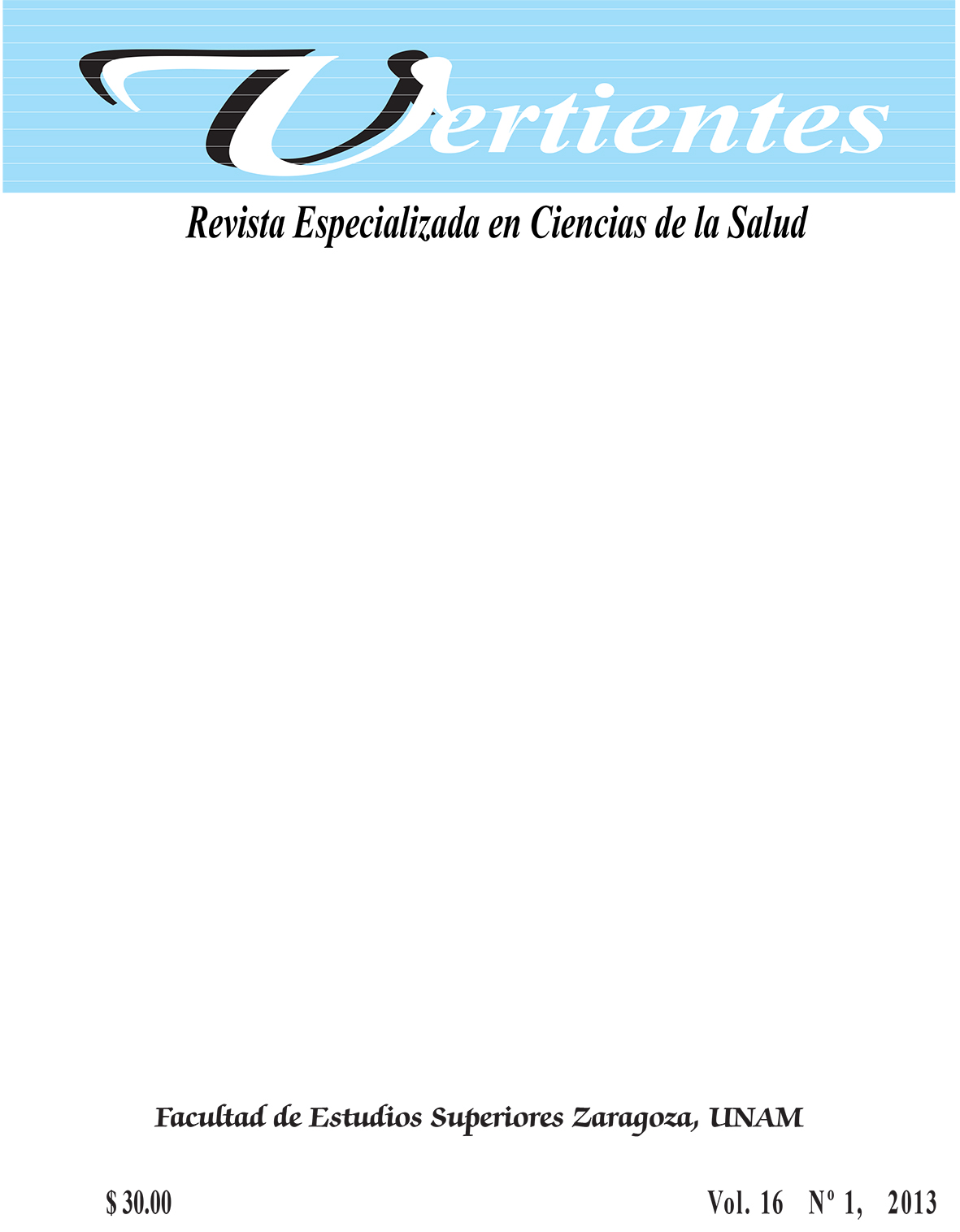Adverse effect of extended release anorexiants drugs
Main Article Content
Abstract
There are few data available of the benefits and the risks of prolonged therapies with anorexiants in Mexico. The objective of this study was to determine the adverse effects and severity that the consulted physician observed in patients to whom they prescribed with any on the following anorexiants of extended release: d-norpseudoephedrine hydrochloride, phentermine, amfepramone, fenproporex, mazindol and clobenzorex hydrochloride, except sibutramine. The results obtained in different states of Mexican Republic were compared with reports from the United State of America and the Europe. A transversal, prolective, observational and descriptive study was made, along with a structured questionnaire which inquired about the adverse effects commonly reported in the literature, and the severity of the reaction ranging from mild, moderate and severe. The questionnaire was applied to 555 physicians attending the pharmacological treatment of obesity course, during 2007 and 2008 in Hidalgo, San Luis Potosi, Mexicali, Estado de Mexico and North, South, East and West of Mexico City. The highest frequency of the adverse effect reported was for sibutramine and the lowest frequencies were for phentermine and amfepramone. When using sibutramine, an increase of blood pressure, tachycardia and palpitations were found.
Article Details
How to Cite
Espinosa-Franco, B., & Morín-Zaragoza, R. (2015). Adverse effect of extended release anorexiants drugs. Vertientes. Revista Especializada En Ciencias De La Salud, 16(1). Retrieved from https://journals.unam.mx/index.php/vertientes/article/view/51715
Citas en Dimensions Service

Vertientes by Universidad Nacional Autónoma de México is licensed under a Creative Commons Reconocimiento-NoComercial-SinObraDerivada 4.0 Internacional License.
Creado a partir de la obra en http://www.zaragoza.unam.mx.


